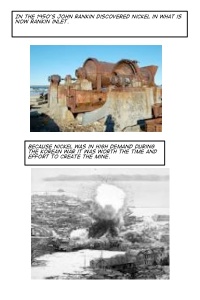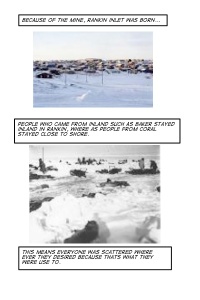Introduction
- This section is important, make sure to write something that gets the reader’s attention
- Identify a topic the paragraph and stay focused on the main idea
- Keep sentences clearly written
- Introduce a quick background summary on topic for reader to understand a bit of context
- Relate to the main focus on each sentence
Body
- Start with what you will discuss in your body paragraph
- This is where main ideas are pointed out and supported with information
- Explain to the reader why you shared particular information with support which could be facts, descriptions, and examples
- Keep wording and sentences organized and sentences
- Keep wording, sentences and paragraphs clearly connected
- Ensure sentences in the paragraph flow smoothly
- Supports the overall theme and purpose of the paper
- Connect all your points together to prove your point and transition into conclusion
Conclusion
- Summarize your main points discussed in body paragraph
- Reaffirm the subject in the conclusion section in a different way now that the reader has gone through all the information
- Convince your audience the message you would like the audience to convey
- Close with a final statement
What changes can you make for a good paragraph to be great?
- Language, set the right tone
- Good; Provides basic information to get the point across
- Great; Provides detailed information
- Analysis, keep the right amount of detail
- Good; Provides reason and examples
- Great; Provides detailed information to eliminate assumptions
Colten Boushie was sleeping when the SUV he was in pulled up to Gerald Stanley’s farm. This paragraph states what happen before Colten was shot, all while he was just waking up from sleep. I feel this is a great paragraph because from the beginning, it draws you in, it is very detailed, you can feel the intensity that was felt in that very moment, it helps you imagine the judgement the men felt from the officers especially if you are an indigenous person reading this because you know all too well what it feels like, the scenery, all so raw.
Reference
https://www.time4writing.com/writing-paragraphs/concluding-sentence/
https://aso-resources.une.edu.au/academic-writing-course/paragraphs/introduction-paragraphs/
https://www.thoughtco.com/take-your-essay-from-good-to-great-3991388
https://play.google.com/books/reader?id=BrRiDwAAQBAJ&pg=GBS.PT60.w.3.0.17






